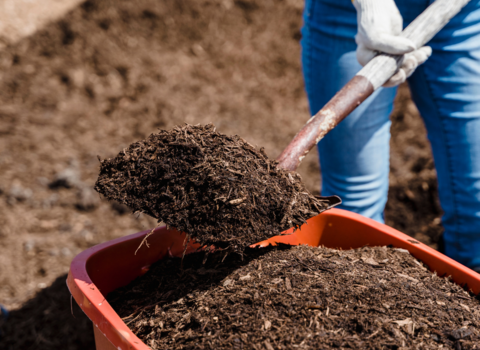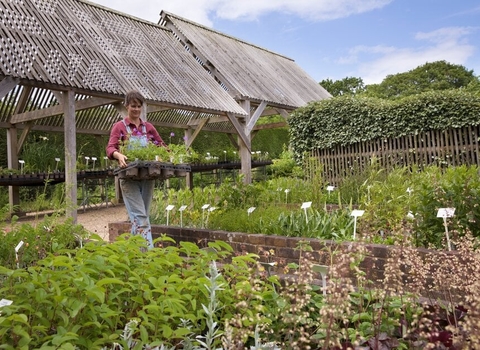Going peat-free at home and in the garden
Peat has been a major ingredient of the compost used in gardening for many years. This peat is dug out of wild places, damaging some of the last remaining peatlands in both the UK and overseas in places like Eastern Europe. This process also releases carbon into the atmosphere, accelerating climate change. Sadly, more than 94% of the UK’s lowland peat bogs have been destroyed or damaged, and a wealth of wildlife has disappeared along with it. This vital habitat isn't easily replaced.
There is no garden, however beautiful, that justifies the scale of environmental damage or contribution to climate change that peat use causes. The extraction of peat for horticultural use is an act of environmental vandalism.gardener and presenter
Explore related blogs, news and resources
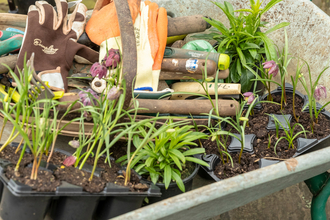
Eight tips for growing without peat
Alice Whitehead from Garden Organic shares advice on using peat-free compost in your garden.
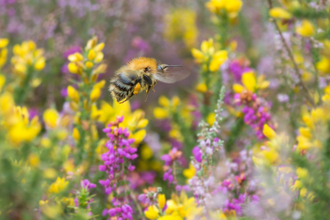
Wildlife gardening myth buster
As gardeners, we like to think we are close to the land and doing our bit for the environment. Unfortunately the modern horticultural…
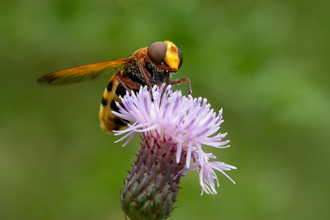
Wild about Gardens campaign asks us all to become hoverfly heroes
Humble hoverfly needs our help, say Royal Horticultural Society and The Wildlife Trusts

The return of the Greenfinch
Ask any birder how they got into their hobby, and you will usually find somewhere in their distant past a species that sparked their…
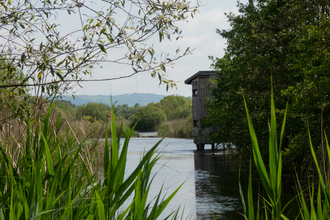
Right Tree, Right Place: Restoring Somerset’s Peatlands
The right tree in the right place can provide many benefits to nature and help in the fight against climate change. However, the wrong…

Somerset Wildlife Trust urge UK Government to fulfil promise to ban sale of peat
Somerset Wildlife Trust are urging people across the county and beyond to complete three simple actions to make some noise for peat, to…


